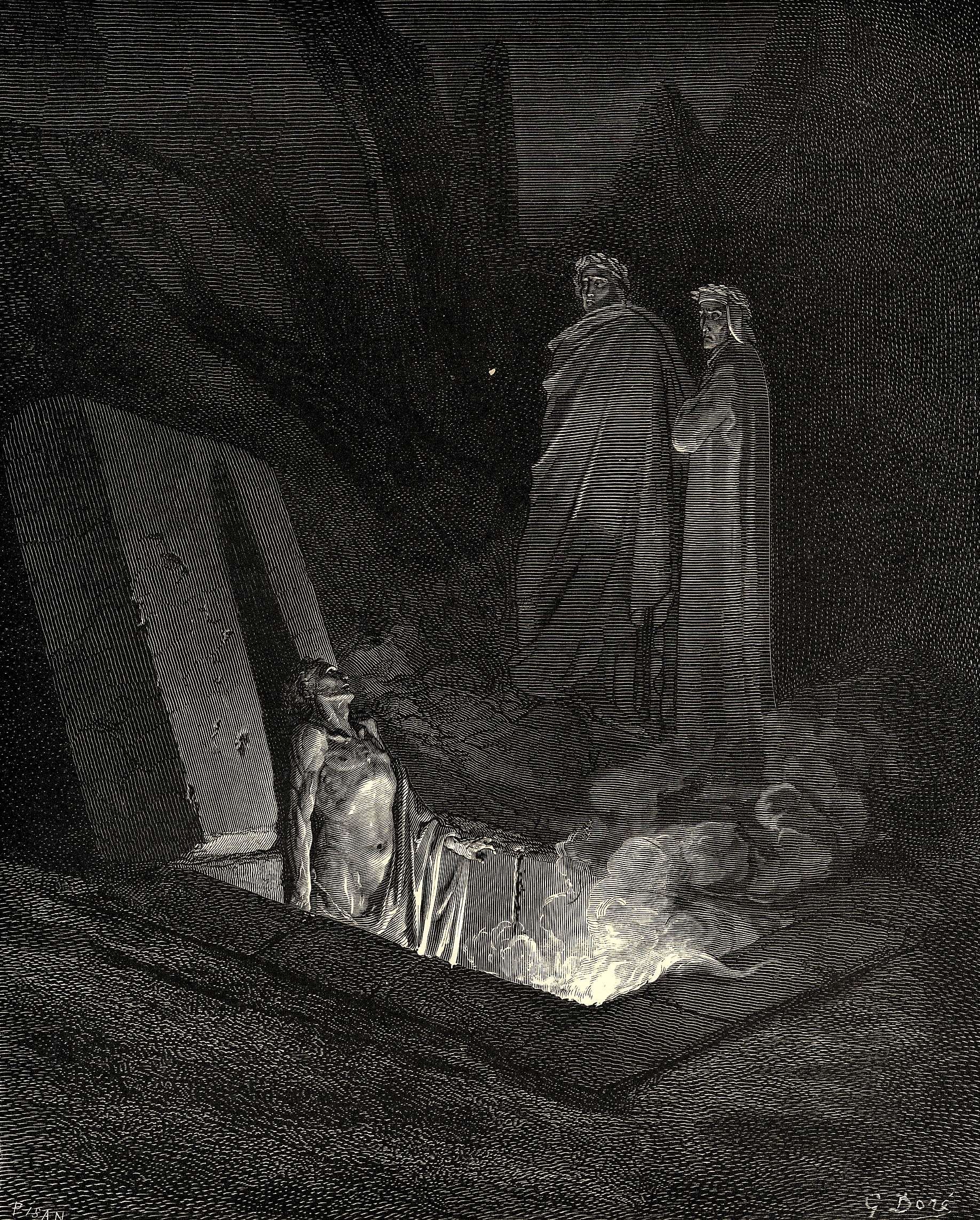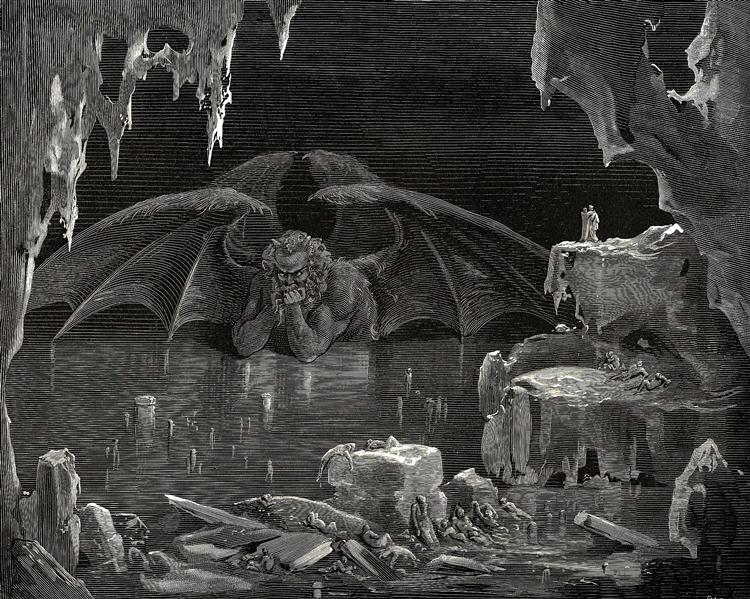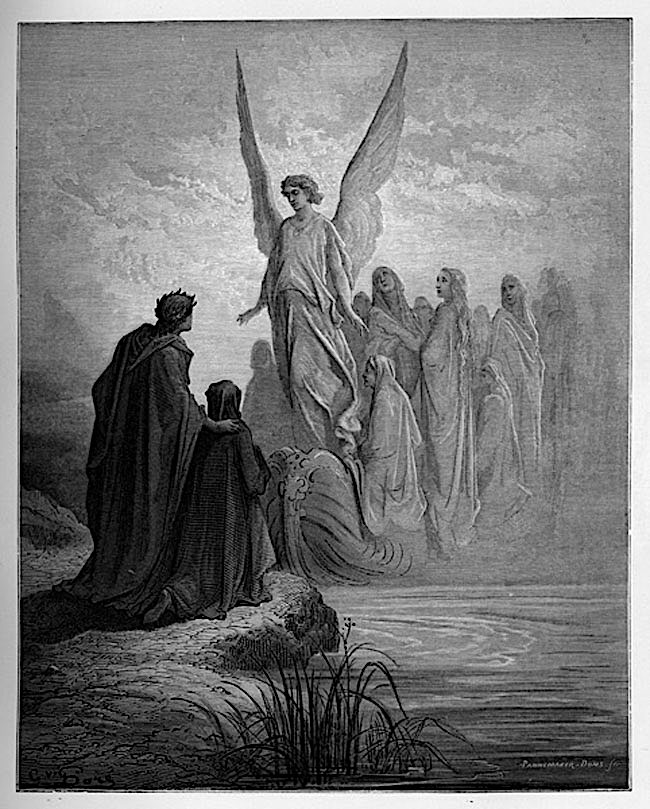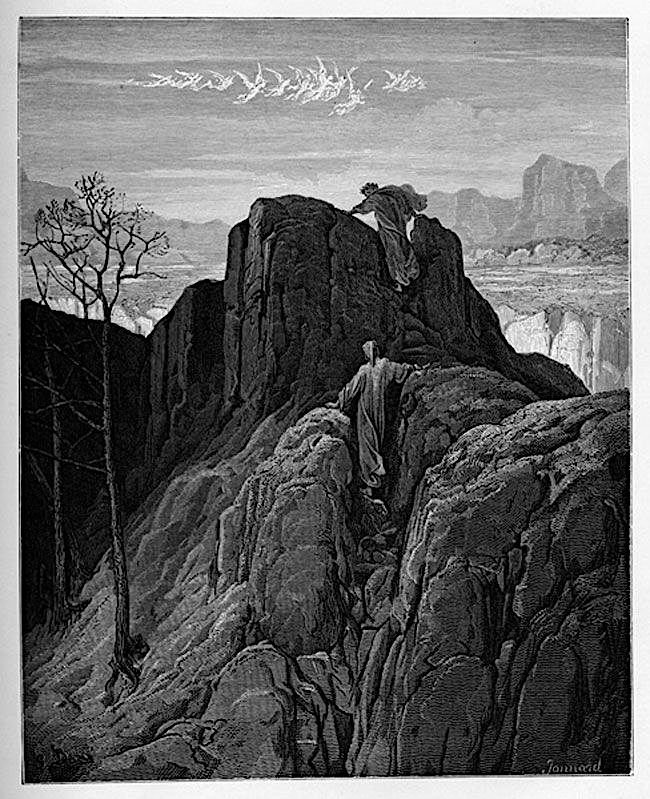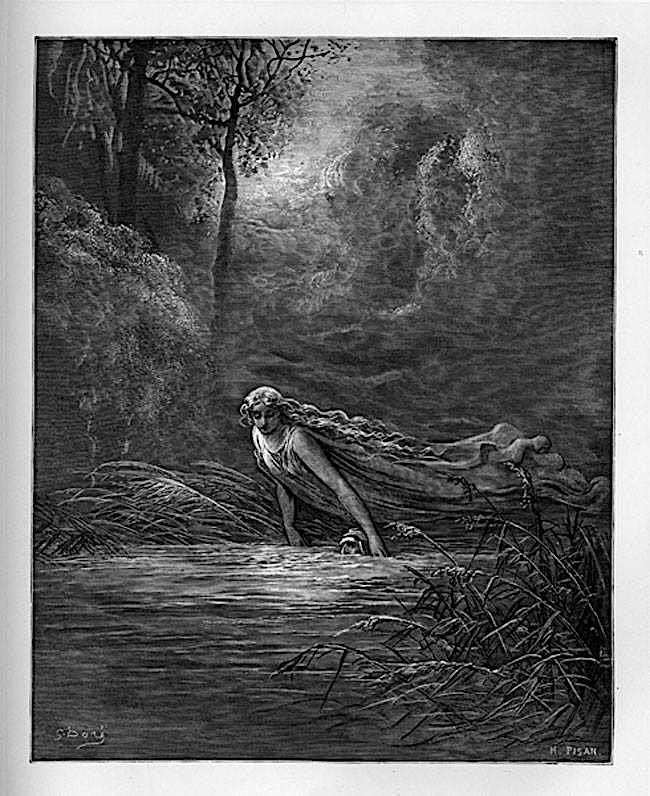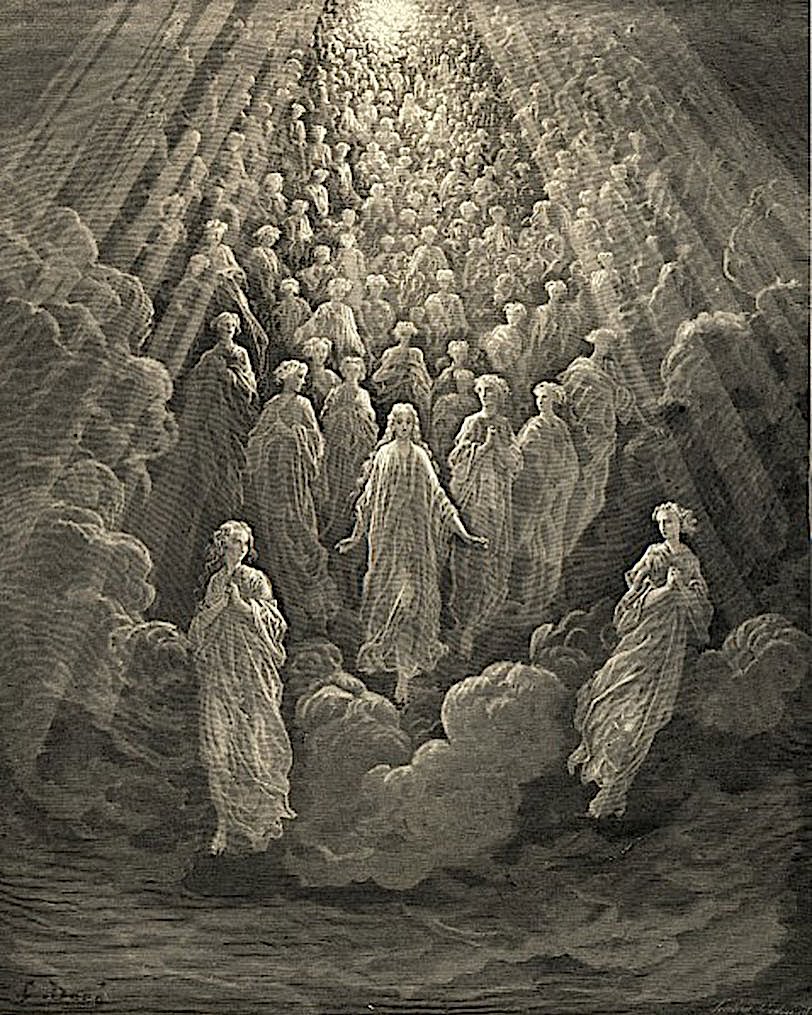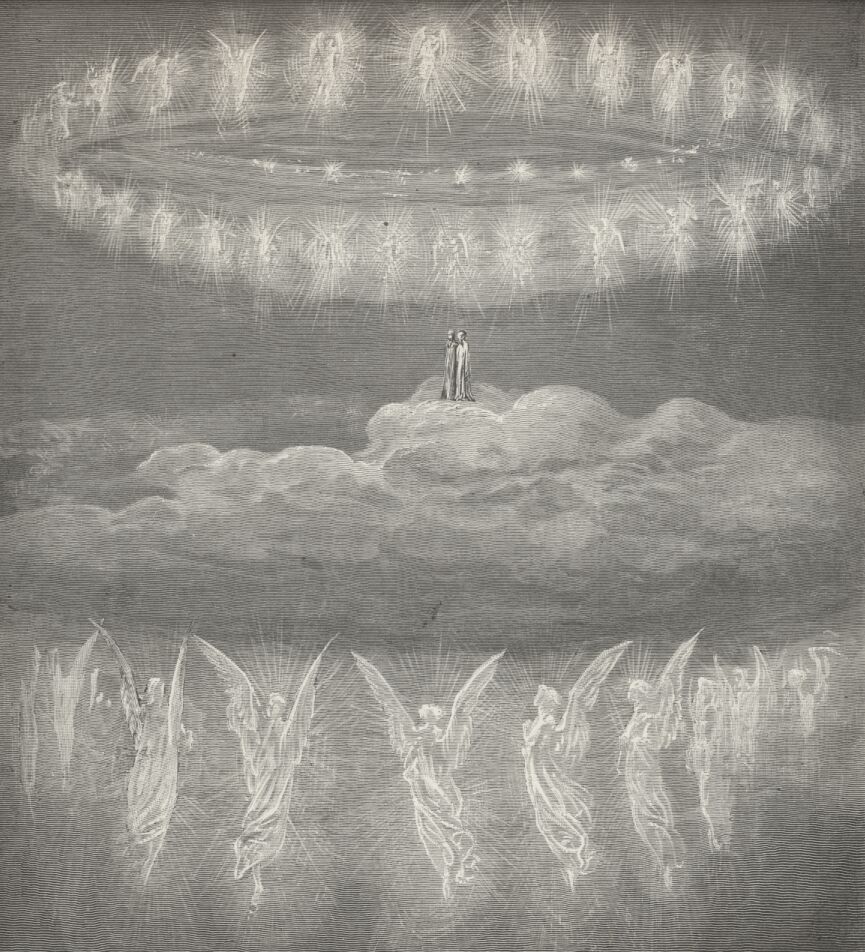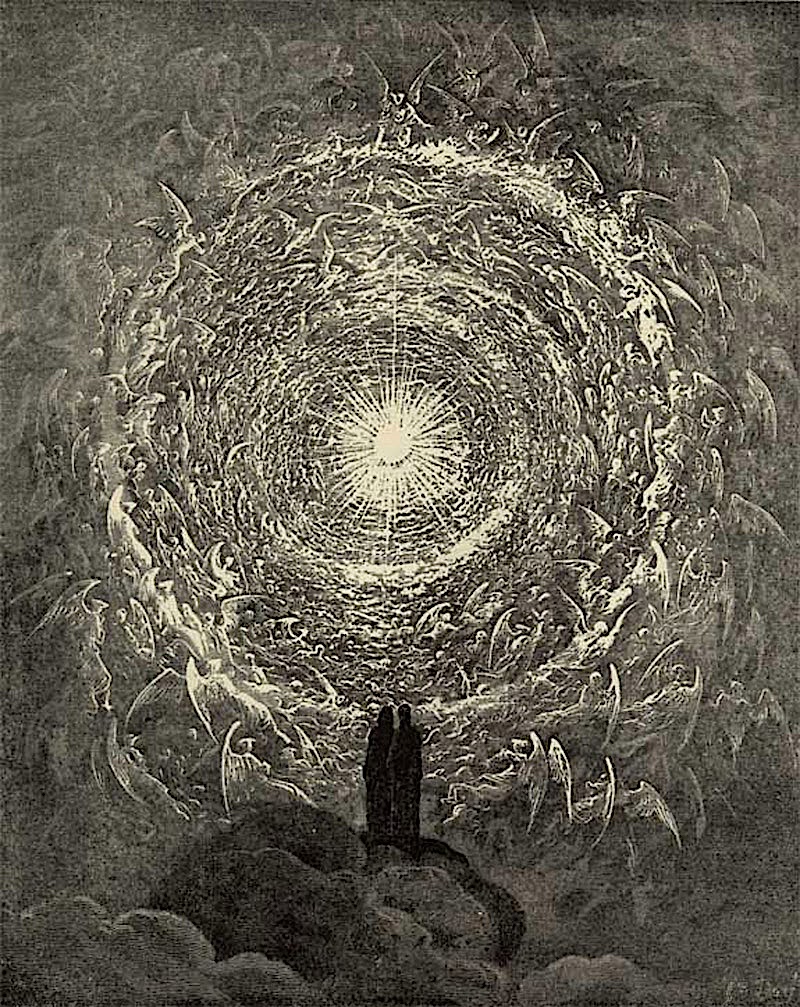[Most Recent Entries] [Calendar View]
Friday, August 22nd, 2025
| Time | Event |
| 8:00a | Did Paul McCartney Really Die in 1966? How the Biggest Beatles Conspiracy Theory Spread No pop music can have inspired more scrutiny than that of the Beatles. Of course, intense and sustained attention has been paid to every aspect of the band’s existence — and, in the case of Paul McCartney, his purported non-existence as well. The theory that he actually died in the nineteen-sixties and was thereafter secretly played by a double has demonstrated such pop-cultural staying power that even those who barely know the Beatles’ music make reference to it. The phrase “Turn me on, dead man” now floats free of its origin, an act of creative listening applied to “Revolution 9” played backwards. The idea, as explained in the Vinyl Rewind video above, is that “after an argument during a Beatles recording session on November 9th, 1966, Paul McCartney sped off in his car, only to be decapitated in an auto accident when he lost control of his vehicle. The U.K. security service MI5 advised the band to find a replacement, for they feared that if the news of Paul’s death got out, mass hysteria would spread among Beatles fans, leading to civil unrest and, possibly, mass suicide.” The hunt for a Paul lookalike turned up “a Scottish orphan named William Shears Campbell, also known as Billy Shears.” That name will sound familiar to even casual Beatles listeners, announced as it is so prominently, and so early, on Sgt. Pepper’s Lonely Hearts Club Band. The album’s cover, too, proved to be a fount of imagery suggesting that the rumor of Paul’s death, which had been referenced in an official Beatles publication in 1967 specifically to dispel it, was actually true. A couple of years later, a Detroit radio DJ and a University of Michigan student-journalist got the story into wide circulation. No one clue — the recurring shoelessness of Paul or his impersonator, the death-of-Oswald lines from King Lear incorporated into “I Am the Walrus,” the car wreck described in “A Day in the Life,” the license-plate of the VW on Abbey Road’s cover — was dispositive, but eventually, they added up. They added up if you were expressly looking for evidence of Paul’s death and substitution: engaging in pareidolia, in other words, the tendency to perceive meaningful patterns in random noise, or in this case a range of minor, non-orchestrated details across pieces of media. Given the Beatles’ personalities, nobody would put it past them to make cheeky hidden references to exactly what they weren’t supposed to talk about, but anyone familiar with the music business would also suspect that Capitol Records had no interest in putting a stop to a false rumor that was generating a profit. It’s certainly a stretch to imagine that someone who just happens to look like Paul McCartney would also be willing and able to carry on the man’s solo career for decade after decade. But then, the history of popular music is full of lucky men, and maybe — just maybe — Billy Shears was among the luckiest. Related content: How the “Paul McCartney is Dead” Hoax Started at an American College Newspaper and Went Viral (1969) The Paul McCartney is Dead Conspiracy Theory, Explained Hear The Beatles’ Abbey Road with Only Paul McCartney’s Bass: You Won’t Believe How Good It Sounds Paul McCartney Admits to Dropping Acid in a Scrappy Interview with a Prying Reporter (June, 1967) Based in Seoul, Colin Marshall writes and broadcasts on cities, language, and culture. His projects include the Substack newsletter Books on Cities and the book The Stateless City: a Walk through 21st-Century Los Angeles. Follow him on the social network formerly known as Twitter at @colinmarshall. |
| 9:00a | Gustave Doré’s Haunting Illustrations of Dante’s Divine Comedy Inferno, Canto X:
Many artists have attempted to illustrate Dante Alighieri’s epic poem the Divine Comedy, but none have made such an indelible stamp on our collective imagination as the Frenchman Gustave Doré. Doré was 23 years old in 1855, when he first decided to create a series of engravings for a deluxe edition of Dante’s classic. He was already the highest-paid illustrator in France, with popular editions of Rabelais and Balzac under his belt, but Doré was unable to convince his publisher, Louis Hachette, to finance such an ambitious and expensive project. The young artist decided to pay the publishing costs for the first book himself. When the illustrated Inferno came out in 1861, it sold out fast. Hachette summoned Doré back to his office with a telegram: “Success! Come quickly! I am an ass!” Hachette published Purgatorio and Paradiso as a single volume in 1868. Since then, Doré’s Divine Comedy has appeared in hundreds of editions. Although he went on to illustrate a great many other literary works, from the Bible to Edgar Allan Poe’s “The Raven,” Doré is perhaps best remembered for his depictions of Dante. At The World of Dante, art historian Aida Audeh writes: Characterized by an eclectic mix of Michelangelesque nudes, northern traditions of sublime landscape, and elements of popular culture, Doré’s Dante illustrations were considered among his crowning achievements — a perfect match of the artist’s skill and the poet’s vivid visual imagination. As one critic wrote in 1861 upon publication of the illustrated Inferno: “we are inclined to believe that the conception and the interpretation come from the same source, that Dante and Gustave Doré are communicating by occult and solemn conversations the secret of this Hell plowed by their souls, traveled, explored by them in every sense.” The scene above is from Canto X of the Inferno. Dante and his guide, Virgil, are passing through the Sixth Circle of Hell, in a place reserved for the souls of heretics, when they look down and see the imposing figure of Farinata degli Uberti, a Tuscan nobleman who had agreed with Epicurus that the soul dies with the body, rising up from an open grave. In the translation by John Ciardi, Dante writes: My eyes were fixed on him already. Erect, Inferno, Canto XVI:
As Dante and Virgil prepare to leave Circle Seven, they are met by the fearsome figure of Geryon, Monster of Fraud. Virgil arranges for Geryon to fly them down to Circle Eight. He climbs onto the monster’s back and instructs Dante to do the same. Then he called out: “Now, Geryon, we are ready: As a small ship slides from a beaching or its pier, he swung about, and stretching out his tail Inferno, Canto XXXIV:
In the Ninth Circle of Hell, at the very center of the Earth, Dante and Virgil encounter the gigantic figure of Satan. As Ciardi writes in his commentary: He is fixed into the ice at the center to which flow all the rivers of guilt; and as he beats his great wings as if to escape, their icy wind only freezes him more surely into the polluted ice. In a grotesque parody of the Trinity, he has three faces, each a different color, and in each mouth he clamps a sinner whom he rips eternally with his teeth. Judas Iscariot is in the central mouth: Brutus and Cassius in the mouths on either side. Purgatorio, Canto II:
At dawn on Easter Sunday, Dante and Virgil have just emerged from Hell when they witness The Angel Boatman speeding a new group of souls to the shore of Purgatory. Then as that bird of heaven closed the distance and bowed my head. He steered straight for the shore, Astern stood the great pilot of the Lord, singing as if they raised a single voice The angel made the sign of the cross, and they Purgatorio, Canto IV:
The poets begin their laborious climb up the Mount of Purgatory. Partway up the steep path, Dante cries out to Virgil that he needs to rest. The climb had sapped my last strength when I cried: He pointed to a ledge a little ahead His words so spurred me that I forced myself Purgatorio, Canto XXXI:
Having ascended at last to the Garden of Eden, Dante is immersed in the waters of the Lethe, the river of forgetfulness, and helped across by the maiden Matilda. He drinks from the water, which wipes away all memory of sin. She had drawn me into the stream up to my throat, Nearing the sacred bank, I heard her say Then the sweet lady took my head between Paradiso, Canto V:
In the Second Heaven, the Sphere of Mercury, Dante sees a multitude of glowing souls. In the translation by Allen Mandelbaum, he writes: As in a fish pool that is calm and clear, Paradiso, Canto XXVIII:
Upon reaching the Ninth Heaven, the Primum Mobile, Dante and his guide Beatrice look upon the sparkling circles of the heavenly host. (The Christian Beatrice, who personifies Divine Love, took over for the pagan Virgil, who personifies Reason, as Dante’s guide when he reached the summit of Purgatory.) And when I turned and my own eyes were met Paradiso, Canto XXXI:
In the Empyrean, the highest heaven, Dante is shown the dwelling place of God. It appears in the form of an enormous rose, the petals of which house the souls of the faithful. Around the center, angels fly like bees carrying the nectar of divine love. So, in the shape of that white Rose, the holy You can access a free edition of The Divine Comedy featuring Doré’s illustrations at Project Gutenberg. A published edition (The Dore Illustrations for Dante’s Divine Comedy) can be purchased online. Finally, a Yale course on reading Dante in translation appears in the Literature section of our collection of 1500 Free Online Courses. If you would like to sign up for Open Culture’s free email newsletter, please find it here. It’s a great way to see our new posts, all bundled in one email, each day. If you would like to support the mission of Open Culture, consider making a donation to our site. It’s hard to rely 100% on ads, and your contributions will help us continue providing the best free cultural and educational materials to learners everywhere. You can contribute through PayPal, Patreon, and Venmo (@openculture). Thanks! Note: An earlier version of this post appeared on our site in October 2013. Related Content: Gustave Doré’s Macabre Illustrations of Edgar Allan Poe’s “The Raven” (1884) Behold Gustave Doré’s Dramatic Illustrations of the Bible (1866) A Free Course on Dante’s Divine Comedy from Yale University Alberto Martini’s Haunting Illustrations of Dante’s Divine Comedy (1901–1944) |
| << Previous Day |
2025/08/22 [Calendar] |
Next Day >> |

